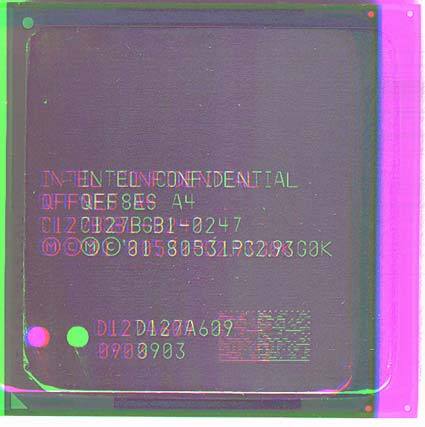Behind The Silicon Curtain: Exclusive Test Of The P4/2666 With 533 MHz Rambus
Breaking In At Intel: P4/2666 With 533 MHz Rambus, Continued
We expect the agenda for the year 2002 to be as follows: Intel will be progressively extending and expanding the base for the Pentium 4. The top priority goes to adjusting the Front Side Bus clock from 100 MHz to 133 MHz, which is long overdue. In the same breath, this will result in an increase from 400 MHz to 533 MHz.
The goal is clear: more bandwidth for the Pentium 4, which, at the higher speeds, doesn't perform very well with DDR SDRAM. And 400 MHz Rambus memory hits its limit at 3.2 GB/s, even with its dual-channel technology. In any case, increasing the memory clock to 533 MHz takes this same technology to 4.2 GB/s.
The Pentium 4 that is to be introduced with 2.4 GHz at the beginning of April will need a performance boost that is more substantial than those of the previous models in the P4 series. At mid-year point, it will be followed by the Pentium 4/2533, which will be the first CPU with a 133 MHz FSB. Marketing strategists will be enthusiastically talking about a 533 MHz FSB clock (quad-pumped - 4 x 133 MHz = 533 MHz QDR), and ultimately this should gain a clear edge over the AMD platform with its 266 MHz DDR FSB clock (which is also 133 MHz). Purely from a physical point of view, both the Intel and the AMD platforms run at 133 MHz.
RDRAM module from Samsung for 533 MHz (PC1066 specification).
The label on a 533 MHz RDRAM module (Samsung).
Get Tom's Hardware's best news and in-depth reviews, straight to your inbox.
Current page: Breaking In At Intel: P4/2666 With 533 MHz Rambus, Continued
Prev Page Breaking In At Intel: P4/2666 With 533 MHz Rambus Next Page Faster Than P4/3000: P4/2666 With 533 MHz RDRAM

